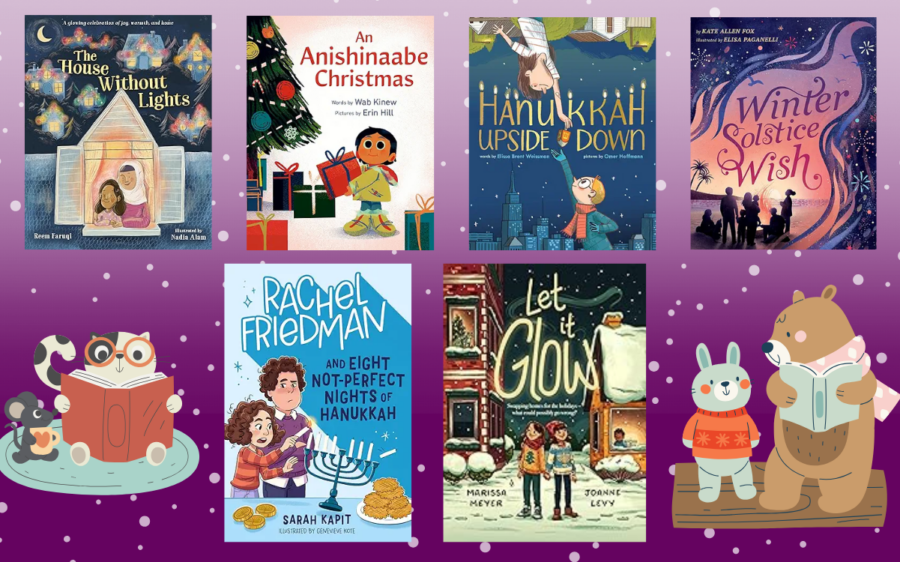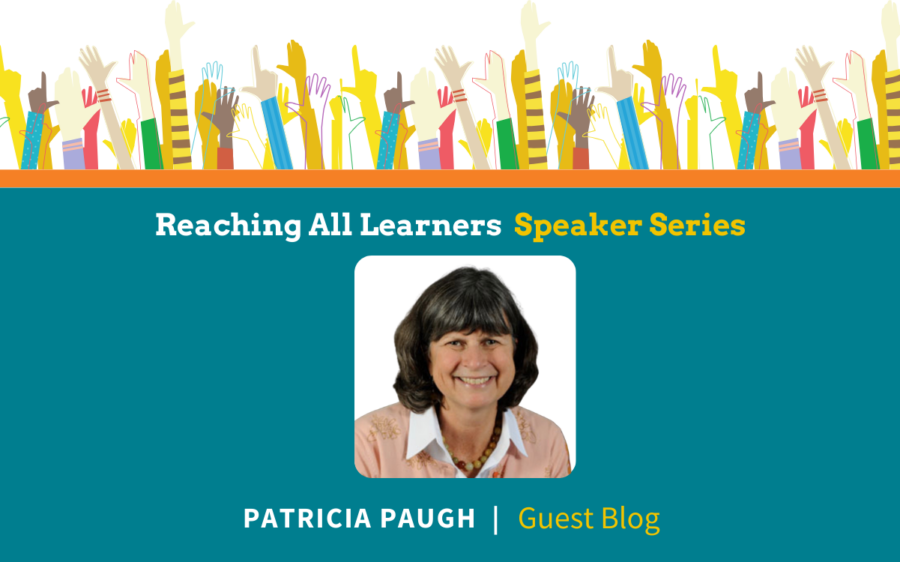“The single most important activity for building the knowledge required
for eventual success in reading is reading aloud to children.”
― Jim Trelease, The Read-Aloud Handbook
While sitting on the bus a few weeks ago, I noticed a man board the bus with his small child in his arms. Sitting down he placed his daughter in his lap, took out a book, and began to read to her. Her small hands reached out and touched the pages as he read. She smiled, laughed, and helped turn some of the pages.
I have seen this father and daughter several times since this first encounter and each time he takes out another book and reads with his daughter on his lap. I know that this little girl will grow up loving books. I know that she is on her way to living a literate life. This is the dream that I have for all children.
Bestselling author and internationally respected literacy expert Mem Fox boldly stated in Reading Magic: Why Reading Aloud to Our Children Will Change Their Lives Forever that
…if every parent understood the huge educational benefits and intense happiness brought about by reading aloud to their children, and if every parent – and every adult caring for a child – read aloud a minimum of three stories a day to the children in their lives, we could probably wipe out illiteracy within one generation (full citation…2008, p. 12).
Think about that for a minute – the potential impact that reading aloud three stories a day can have on the literate lives of children.
Researchers at The Ohio State University found that young children whose parents read them five books a day enter kindergarten having heard about 1.4 million more words than kids who were never read to by a parent or caregiver (https://news.osu.edu/a-million-word-gap-for-children-who-arent-read-to-at-home/). That is a very impressive number of words. But numbers alone do not tell the whole story.
Jim Trelease’s The Read-Aloud Handbook was first published in 1982. It is currently in its eighth edition. For twenty-five years Trealease researched, spoke to, and wrote about the importance of reading aloud to children. When responding to the question, how can something as simple as reading to a child be so effective, he wrote:
We read to children for all the same reasons we talk with them: to reassure, to entertain, to bond, to inform or explain, to arouse curiosity, and to inspire. But in reading aloud we also build vocabulary, condition the child’s brain to associate reading with pleasure, create background knowledge, provide a reading role model, and instill the desire to read (2019, p. 6).
When it comes to reading aloud no one can discount the power and potential of reading aloud to children. However, I am concerned that educational mandates are taking the place of interactive read aloud time in schools and reading aloud at home is not as prevalent as it might have once been.
So, what can we do to remind ourselves and others about the importance of reading aloud to children? Here’s an idea: Share information about the importance of reading aloud to children anywhere and everywhere you can:
- On school websites and other social media outlets
- In weekly or monthly classroom newsletters
- At parent-teacher conferences and open house nights
- At PTA meetings
- In casual conversations with friends and family
Most importantly, read aloud to the children that are in your care at least once a day if not more and remember while doing so that you hold literate lives in the palm of your hands.
Books Cited and Other Read Aloud Inspiration
- Fox, M. (2008). Reading magic: Why reading aloud to our children will change their lives forever. Harcourt.
- Grabmeier, J. (April 4, 2019). A “million-word gap” for children who aren’t read to at home. Ohio State News
- Hamilton, E.W. (2009). Raising bookworms: Getting kids reading for pleasure and empowerment. Beech Tree Books.
- Heubeck, E. (2023). Reading aloud shouldn’t get lost in shift to ‘science of reading’, teachers say. Education Week (December 27, 2023).
- Trelease, J. (2019). The read-aloud handbook. Penguin.





